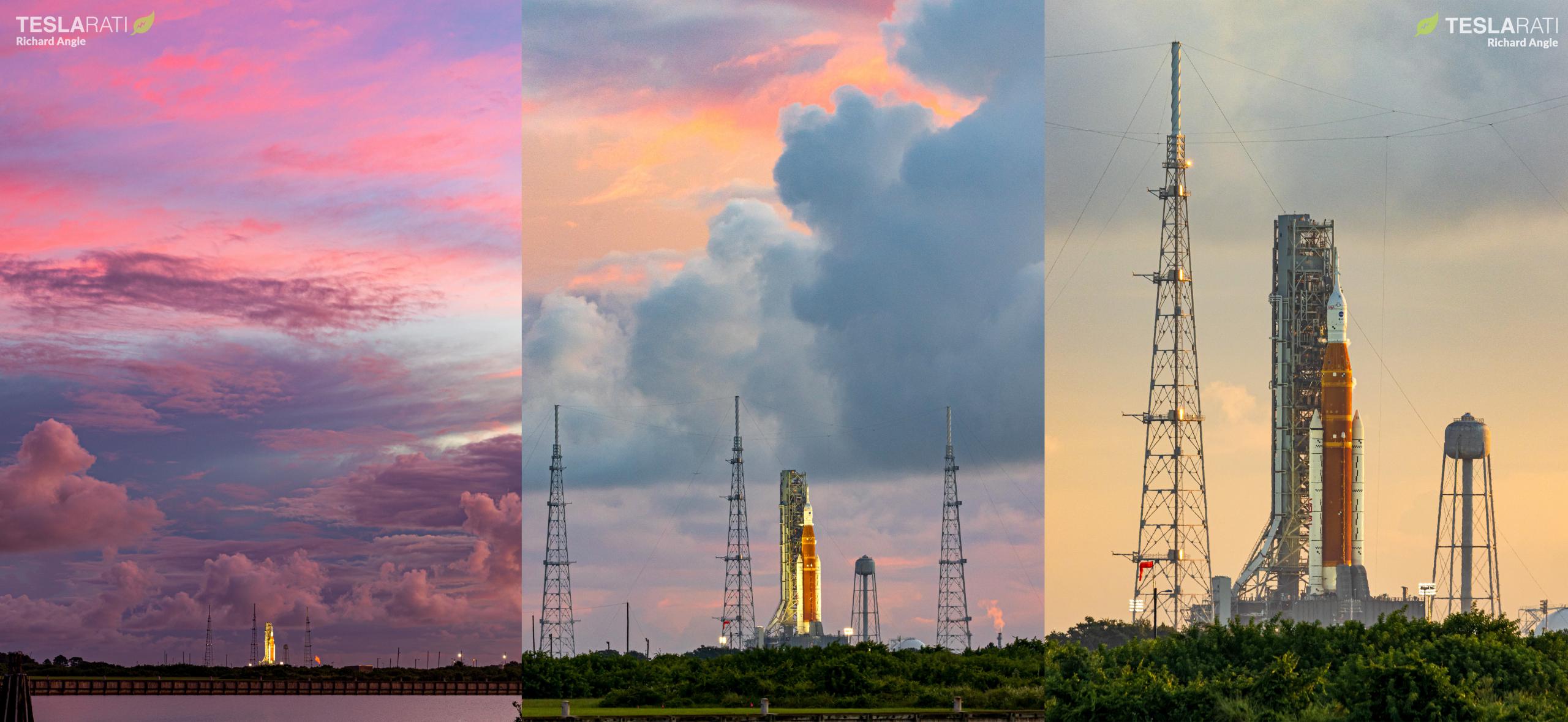
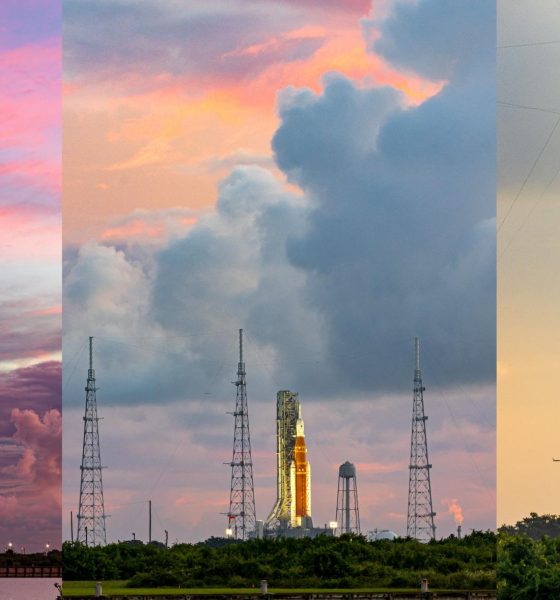
News
NASA scrubs first SLS Moon rocket launch attempt
NASA has scrubbed the first attempted launch of its Space Launch System (SLS) Moon rocket after running into multiple issues, one of which could not be solved in time.
The delay is bad news for the tens to hundreds of thousands of tourists who traveled to Cape Canaveral, Florida to witness the launch in person. Worse, by NASA’s own implicit admission, there’s a good chance the main problem SLS encountered could have already been dealt with and rectified in advance of the launch attempt if the space agency had finished testing the rocket earlier this summer.
Ultimately, that omission turned the first SLS launch attempt into more of a continuation of the rocket’s first four wet dress rehearsal (WDR) attempts, none of which ended as expected. NASA engineers will now have to decide how to proceed and whether the SLS rocket can be made ready in time for another launch attempt on September 2nd or 5th. If not, the next opportunity could be weeks away.
As far as SLS test operations go, the August 28/29th launch attempt was fairly ordinary, with the rocket running into multiple issues – a few minor, a few significant, and one identical to a previous problem. The first problem – a hydrogen leak near the SLS rocket’s base – came after a risk of lightning delayed the start of propellant loading by more than an hour. A very similar, if not identical, hydrogen fuel leak had already occurred during official wet dress rehearsal testing in April and July.
That leak was fixed on the fly by properly chilling all related systems, and propellant loading was eventually completed – albeit a few hours late thanks to inclement weather. Shortly after, there were reports of a crack that needed careful analysis. Only later did NASA specify that the suspected crack was in the rocket’s foam insulation rather than its structures, the latter of which could have been a catastrophic problem.
Around the same time, the true showstopper of the day occurred when NASA attempted to chill the SLS Core Stage’s four RS-25 engines, all of which flew several times aboard reusable Space Shuttle orbiters. Three engines performed (mostly) as expected, flowing a bit of liquid hydrogen fuel to cool themselves down, but one – engine #3 – was never able to make progress toward the optimal temperature needed for ignition (~5°C/~41°F). After hours of remote troubleshooting attempts, no progress had been made, and NASA ultimately decided to scrub the launch attempt at T-40 minutes to liftoff.
Over the course of four separate wet dress rehearsal attempts in April and June 2022, NASA was never able to test the core stage’s engine chill capabilities. In a post-scrub press conference, Jim Free – NASA’s Associate Administrator of the Exploration Systems Development Division – revealed that all four engines were warmer than intended, further confirming that skipping a fully nominal wet dress rehearsal was likely a mistake. Clear and present evidence aside, Free stated that he and other executives still believed skipping that test was the right decision, claiming that ending explicit WDR testing reduced the number of times the rocket needed to be moved on its transporter.
Making the situation even harder to explain, Artemis I Mission Manager Mike Sarafin revealed in the conference Q&A that Boeing had changed the design of parts of the SLS engine chill (bleed) system after the Core Stage finally conducted a nominal static fire test at Mississippi’s Stennis Space Center. Completed in March 2021, the SLS rocket then sat inside NASA’s Kennedy Space Center, Florida Vehicle Assembly Building (VAB) for a full year before attempting its first wet dress rehearsal tests at the launch pad.
The first round of three WDRs were not as smooth as NASA expected and instead uncovered three relatively small issues: a hydrogen leak, a single faulty upper stage valve, and problems with a ground supply of nitrogen gas. Those small issues led NASA to roll SLS back to the VAB for repairs, incurring a minimum multi-week delay that stretched into two months. SLS also failed to complete a fourth WDR attempt in July 2022, but NASA decided to overlook the rocket parts and phases of preflight operations that were never actually tested as planned, one of which was the engine chill system.
If NASA cannot fix the RS-25 chill system within the next few days, it will be forced to roll the entire rocket and mobile launch platform back to the VAB to – at a minimum – replace its flight termination system (FTS). The US Eastern Range requires that all rocket FTS systems be tested no more than 15 days before launch, and NASA was able to secure special permission for a gap of up to 25 days. However, because Boeing’s Core Stage design places the FTS system in a location that is reportedly inaccessible at the pad, the entire SLS rocket will need to roll back to the VAB to have its FTS systems “retested” after that period.
As a result, NASA’s SLS launch debut will be delayed by several weeks (at best) if it can’t recycle for another attempt on September 2nd or 5th. The next window runs from September 20th to October 4th, but the SLS rocket took 10 days to go from its latest rollout to first launch attempt – a figure that doesn’t include the time required to remove the rocket from the pad, roll it back to the VAB, and conduct any necessary repairs or tests while back in the bay. If NASA can’t fix the engine problem at the pad by September 3rd or 4th, the true delay could be more like 4-6 weeks.
With any luck, that won’t happen, but it’s clear that a lot of stress and discomfort could have been avoided if NASA had gone into its first launch attempt knowing that its SLS rocket was truly ready.
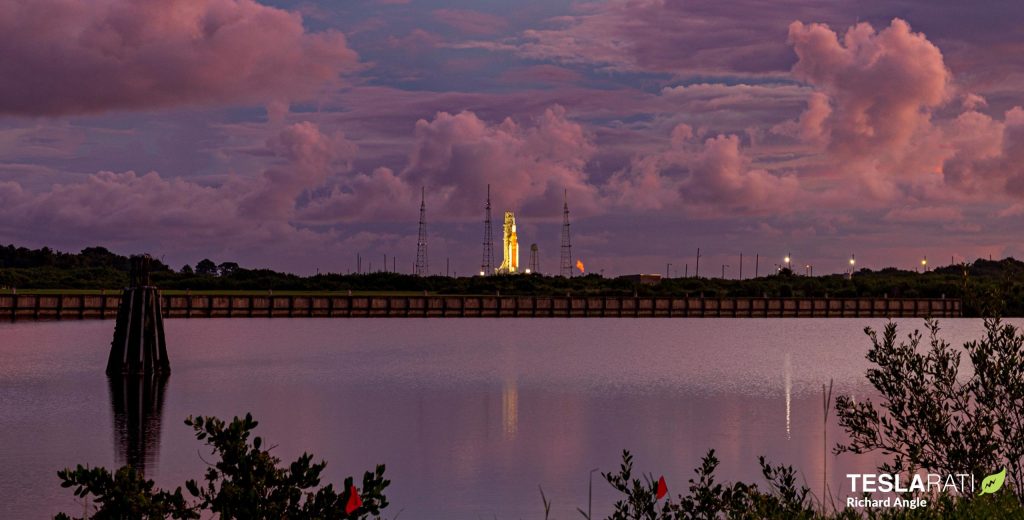
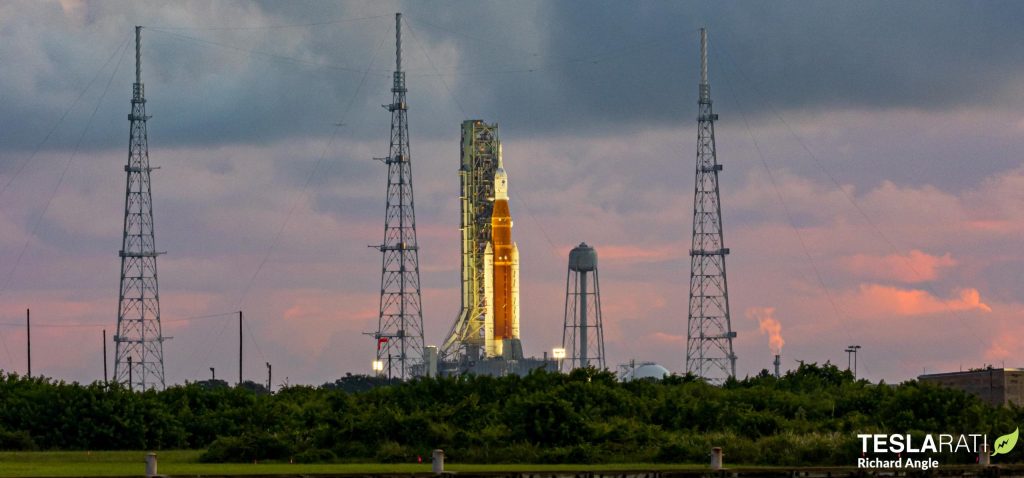
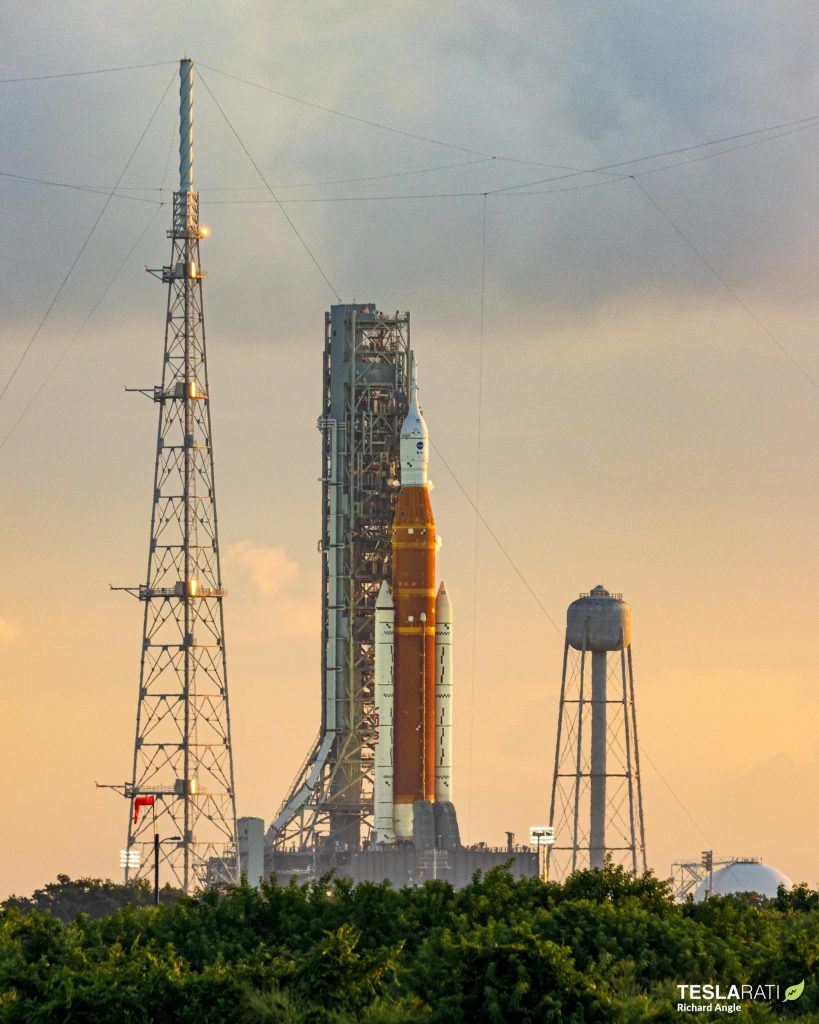

Elon Musk
Tesla’s Elon Musk gives timeframe for FSD’s release in UAE
Provided that Musk’s timeframe proves accurate, FSD would be able to start saturating the Middle East, starting with the UAE, next year.
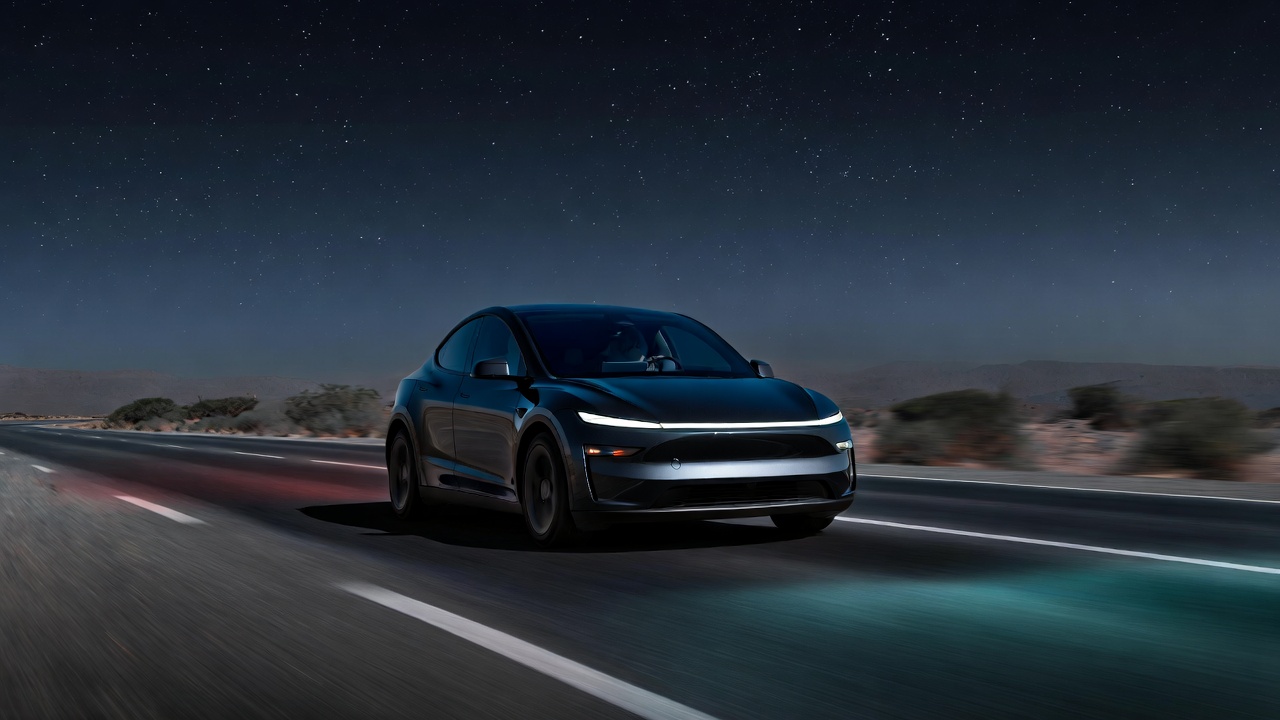
Tesla CEO Elon Musk stated on Monday that Full Self-Driving (Supervised) could launch in the United Arab Emirates (UAE) as soon as January 2026.
Provided that Musk’s timeframe proves accurate, FSD would be able to start saturating the Middle East, starting with the UAE, next year.
Musk’s estimate
In a post on X, UAE-based political analyst Ahmed Sharif Al Amiri asked Musk when FSD would arrive in the country, quoting an earlier post where the CEO encouraged users to try out FSD for themselves. Musk responded directly to the analyst’s inquiry.
“Hopefully, next month,” Musk wrote. The exchange attracted a lot of attention, with numerous X users sharing their excitement at the idea of FSD being brought to a new country. FSD (Supervised), after all, would likely allow hands-off highway driving, urban navigation, and parking under driver oversight in traffic-heavy cities such as Dubai and Abu Dhabi.
Musk’s comments about FSD’s arrival in the UAE were posted following his visit to the Middle Eastern country. Over the weekend, images were shared online of Musk meeting with UAE Defense Minister, Deputy Prime Minister, and Dubai Crown Prince HH Sheikh Hamdan bin Mohammed. Musk also posted a supportive message about the country, posting “UAE rocks!” on X.
FSD recognition
FSD has been getting quite a lot of support from foreign media outlets. FSD (Supervised) earned high marks from Germany’s largest car magazine, Auto Bild, during a test in Berlin’s challenging urban environment. The demonstration highlighted the system’s ability to handle dense traffic, construction sites, pedestrian crossings, and narrow streets with smooth, confident decision-making.
Journalist Robin Hornig was particularly struck by FSD’s superior perception and tireless attention, stating: “Tesla FSD Supervised sees more than I do. It doesn’t get distracted and never gets tired. I like to think I’m a good driver, but I can’t match this system’s all-around vision. It’s at its best when both work together: my experience and the Tesla’s constant attention.” Only one intervention was needed when the system misread a route, showcasing its maturity while relying on vision-only sensors and over-the-air learning.
News
Tesla quietly flexes FSD’s reliability amid Waymo blackout in San Francisco
“Tesla Robotaxis were unaffected by the SF power outage,” Musk wrote in his post.

Tesla highlighted its Full Self-Driving (Supervised) system’s robustness this week by sharing dashcam footage of a vehicle in FSD navigating pitch-black San Francisco streets during the city’s widespread power outage.
While Waymo’s robotaxis stalled and caused traffic jams, Tesla’s vision-only approach kept operating seamlessly without remote intervention. Elon Musk amplified the clip, highlighting the contrast between the two systems.
Tesla FSD handles total darkness
The @Tesla_AI account posted a video from a Model Y operating on FSD during San Francisco’s blackout. As could be seen in the video, streetlights, traffic signals, and surrounding illumination were completely out, but the vehicle drove confidently and cautiously, just like a proficient human driver.
Musk reposted the clip, adding context to reports of Waymo vehicles struggling in the same conditions. “Tesla Robotaxis were unaffected by the SF power outage,” Musk wrote in his post.
Musk and the Tesla AI team’s posts highlight the idea that FSD operates a lot like any experienced human driver. Since the system does not rely on a variety of sensors and a complicated symphony of factors, vehicles could technically navigate challenging circumstances as they emerge. This definitely seemed to be the case in San Francisco.
Waymo’s blackout struggles
Waymo faced scrutiny after multiple self-driving Jaguar I-PACE taxis stopped functioning during the blackout, blocking lanes, causing traffic jams, and requiring manual retrieval. Videos shared during the power outage showed fleets of Waymo vehicles just stopping in the middle of the road, seemingly confused about what to do when the lights go out.
In a comment, Waymo stated that its vehicles treat nonfunctional signals as four-way stops, but “the sheer scale of the outage led to instances where vehicles remained stationary longer than usual to confirm the state of the affected intersections. This contributed to traffic friction during the height of the congestion.”
A company spokesperson also shared some thoughts about the incidents. “Yesterday’s power outage was a widespread event that caused gridlock across San Francisco, with non-functioning traffic signals and transit disruptions. While the failure of the utility infrastructure was significant, we are committed to ensuring our technology adjusts to traffic flow during such events,” the Waymo spokesperson stated, adding that it is “focused on rapidly integrating the lessons learned from this event, and are committed to earning and maintaining the trust of the communities we serve every day.”
News
Waymo scrutinized after self-driving taxis cause traffic jams during SF blackout
It’s not farfetched to speculate that it would have been a doomsday scenario for Tesla had FSD behaved this way.
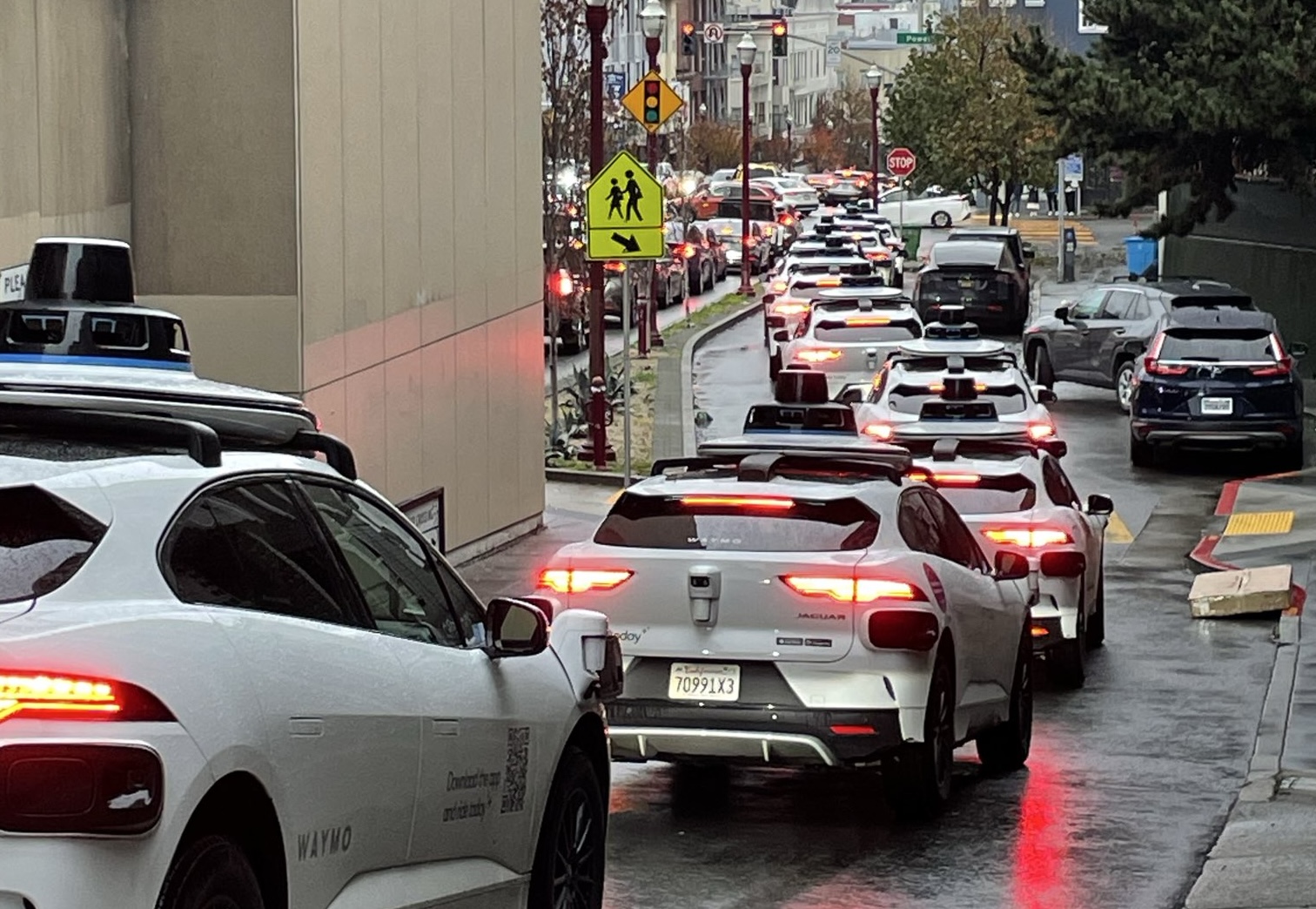
A power outage across San Francisco over the weekend forced numerous Waymo self-driving taxis to stop at darkened intersections and cause traffic blockages in multiple locations across the city. The disruption left riders stranded, frustrated drivers blocked, and city officials stepping in as the Alphabet-owned company temporarily suspended service amid the widespread gridlock.
Needless to say, it would likely have been a doomsday scenario for Tesla had FSD behaved in a similar way, especially if fleets of its robotaxis blocked traffic for numerous drivers.
Power outage halts Waymo fleet
The outage knocked out electricity for tens of thousands of customers, leaving traffic signals dark across large parts of the city, as noted in a report from the New York Times. Waymo vehicles began stopping at intersections and remained stationary for extended periods, seemingly unable to operate. Tow truck operators worked through the night removing immobilized vehicles, while videos circulated online showing Waymos with hazard lights flashing as traffic backed up around them.
Waymo later confirmed that it had paused its Bay Area ride-hailing service after the San Francisco mayor’s office contacted the company about the congestion its vehicles were contributing to. Service began coming back online shortly after 3:30 p.m. local time, though some users still reported being unable to request rides. Waymo maintained that no injuries or accidents were reported during the outage.
Autonomous cars during emergencies
The incident surprised industry observers since autonomous vehicles are designed to function during signal outages and temporary connectivity losses. Waymo stated that its vehicles treat nonfunctional signals as four-way stops, but “the sheer scale of the outage led to instances where vehicles remained stationary longer than usual to confirm the state of the affected intersections. This contributed to traffic friction during the height of the congestion.” Experts suggested the problem may have been linked to the vehicles’ reliance on remote assistance teams, which help resolve complex situations the cars cannot handle independently.
“Yesterday’s power outage was a widespread event that caused gridlock across San Francisco, with non-functioning traffic signals and transit disruptions. While the failure of the utility infrastructure was significant, we are committed to ensuring our technology adjusts to traffic flow during such events,” the Waymo spokesperson stated, adding that it is “focused on rapidly integrating the lessons learned from this event, and are committed to earning and maintaining the trust of the communities we serve every day.”








